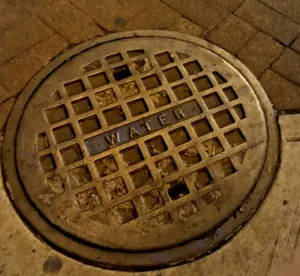On November 4, 2019, New York Governor Andrew Cuomo signed into law a statute of limitations bill designed to make it easier for public water providers to file lawsuits relating to alleged contamination of their water supply wells. The new provision allows a water supplier three years to file suit from the date on which it “last detect[s]” a contaminant in a given supply well. N.Y. CPLR § 214-h(2) (S.B. 3337/A.B.5477). This contrasts with the previously applicable limitations period, which required a plaintiff to file suit within three years of when it discovered or “should have” discovered an injury to its property. N.Y. CPLR § 214-c.
Specifically, newly enacted Section 214-h of the New York Civil Practice Law & Rules (CPLR) provides that, for actions seeking damages for injuries to water supplies, public or wholesale water suppliers must file suit within three years from the latest of either:
-
The detection of a contaminant in raw water;
-
The last wrongful act by any person who contributed to the contamination; or
-
The last detection of a contaminant in raw water.
To trigger the limitations period, the contaminant must be present in excess of any notification level, action level, maximum contaminant level, or maximum contaminant level goal established by the New York State Department of Health or the U.S. Environmental Protection Agency. Notably, the new statute of limitations applies to each well and plant intake, and for each contaminant, separately. As a result, the expiration of the statute of limitations based on a detection of a contaminant in one well may not preclude a water provider from bringing an action based on subsequent detections in one or more other wells.
Prior to the enactment of this provision, water provider claims regarding contamination of their supply wells (and contamination-related property damage claims by other plaintiffs) were governed by CPLR Section 214-c. Under that section, the statute of limitations runs from the earlier of the “date of discovery of the injury by the plaintiff” or “the date when through the exercise of reasonable diligence the injury should have been discovered.” N.Y. CPLR § 214-c(2). The new provision, which is specific to public water providers, may allow certain claims to proceed that would have been time-barred under Section 214-c.
The effort to adopt a limitation period specific to water supply contamination claims was led in the State Senate by Sen. Jim Gaughran, who formerly served as Chairman of the Board of Suffolk County Water Authority (SCWA), the largest supplier of groundwater in the United States. SCWA has filed at least four major lawsuits seeking damages for alleged contamination of its water supply wells.
The exact scope and effect of this new provision will no doubt be subject to interpretation by the courts as water suppliers on Long Island and elsewhere in the state continue to assert product liability, toxic tort, and other claims based on detections of contaminants – particularly so-called emerging (or previously unregulated) contaminants – in their supply wells. As the contours of the new law take shape, defendants will need to carefully analyze the availability of limitations-based and other defenses.






 />i
/>i

